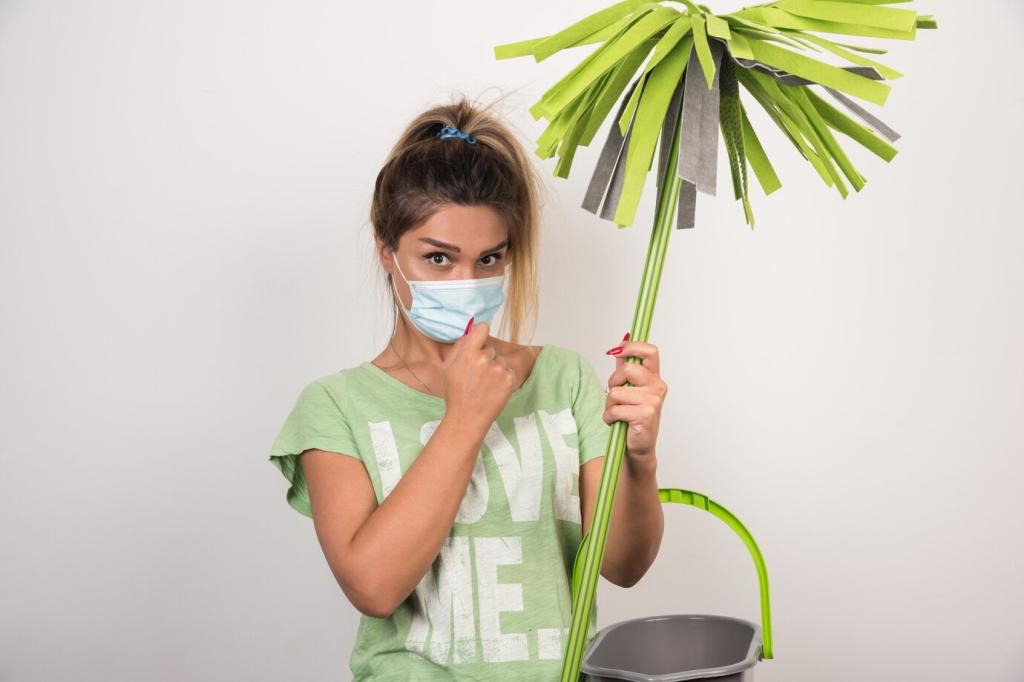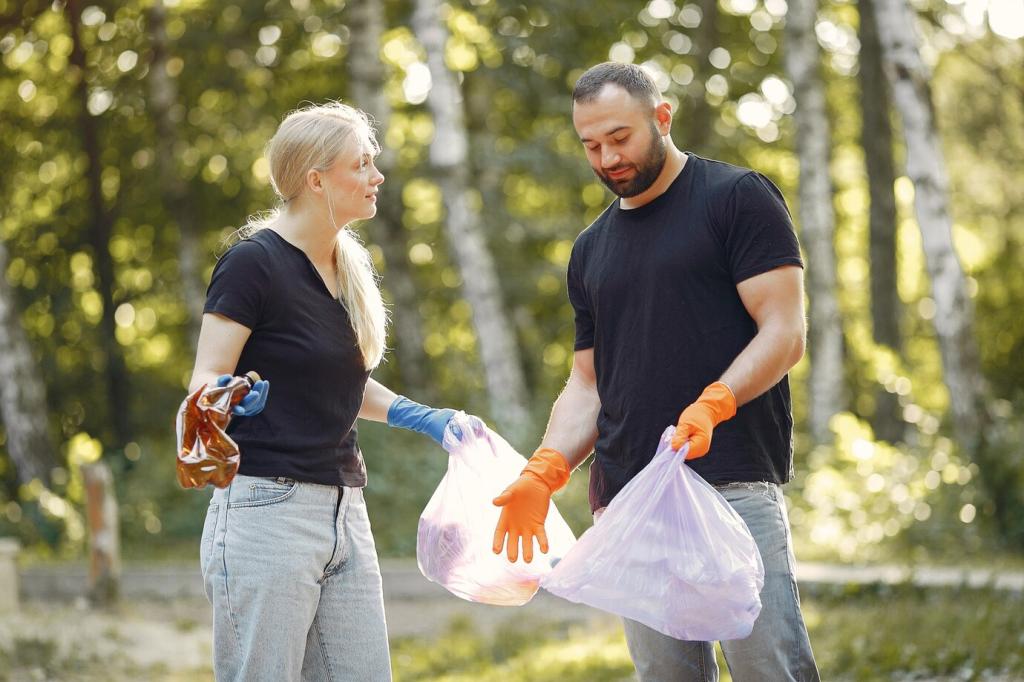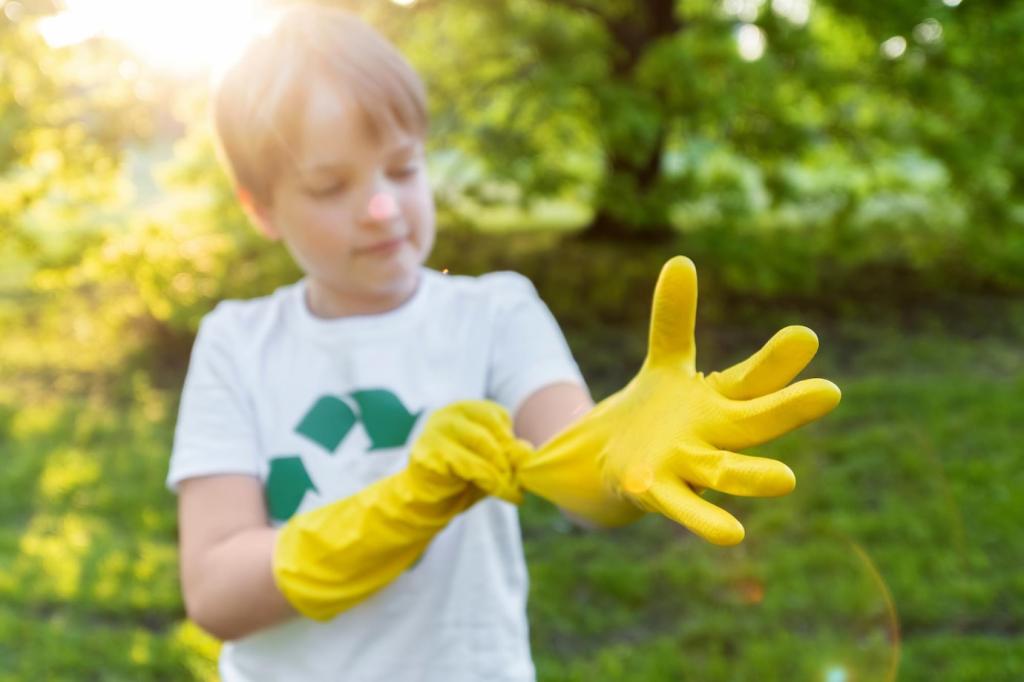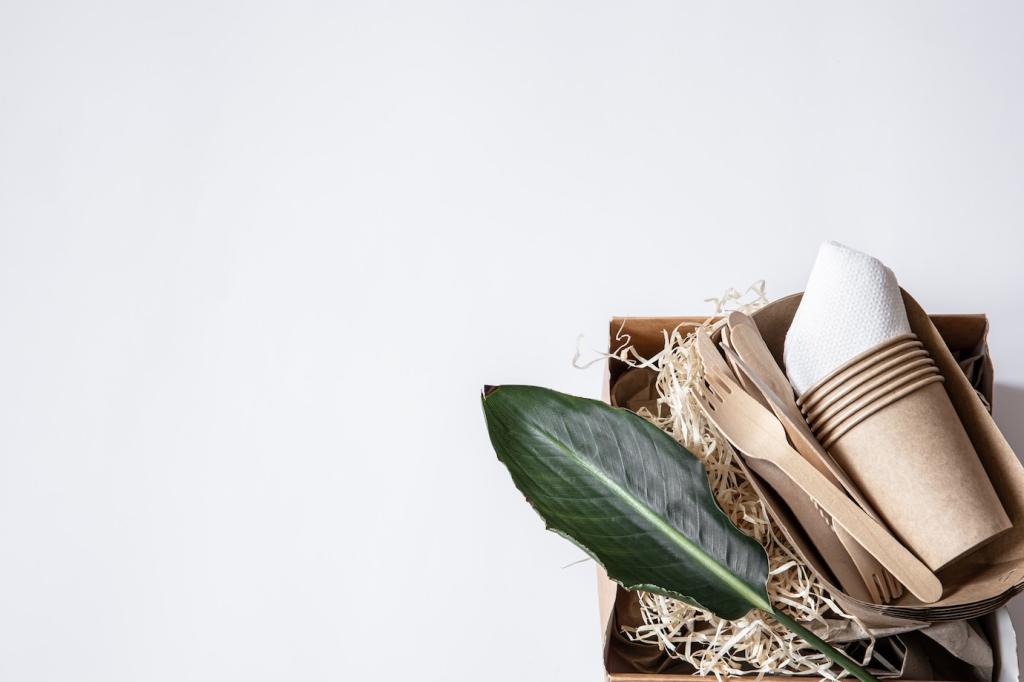A Small Story: Saving a Sunlit Armchair
A mug tipped, streaking a pale fabric armchair with a crescent of dark roast. Instead of grabbing ammonia, we paused, blotted with a dry cloth, and reminded ourselves that patience is the most sustainable tool.
A Small Story: Saving a Sunlit Armchair
We whipped light castile foam, dabbed carefully from edge to center, then pressed with a clean, damp cloth. After air-drying with a fan, the stain lifted quietly, color stayed true, and the fabric’s texture felt unchanged.







